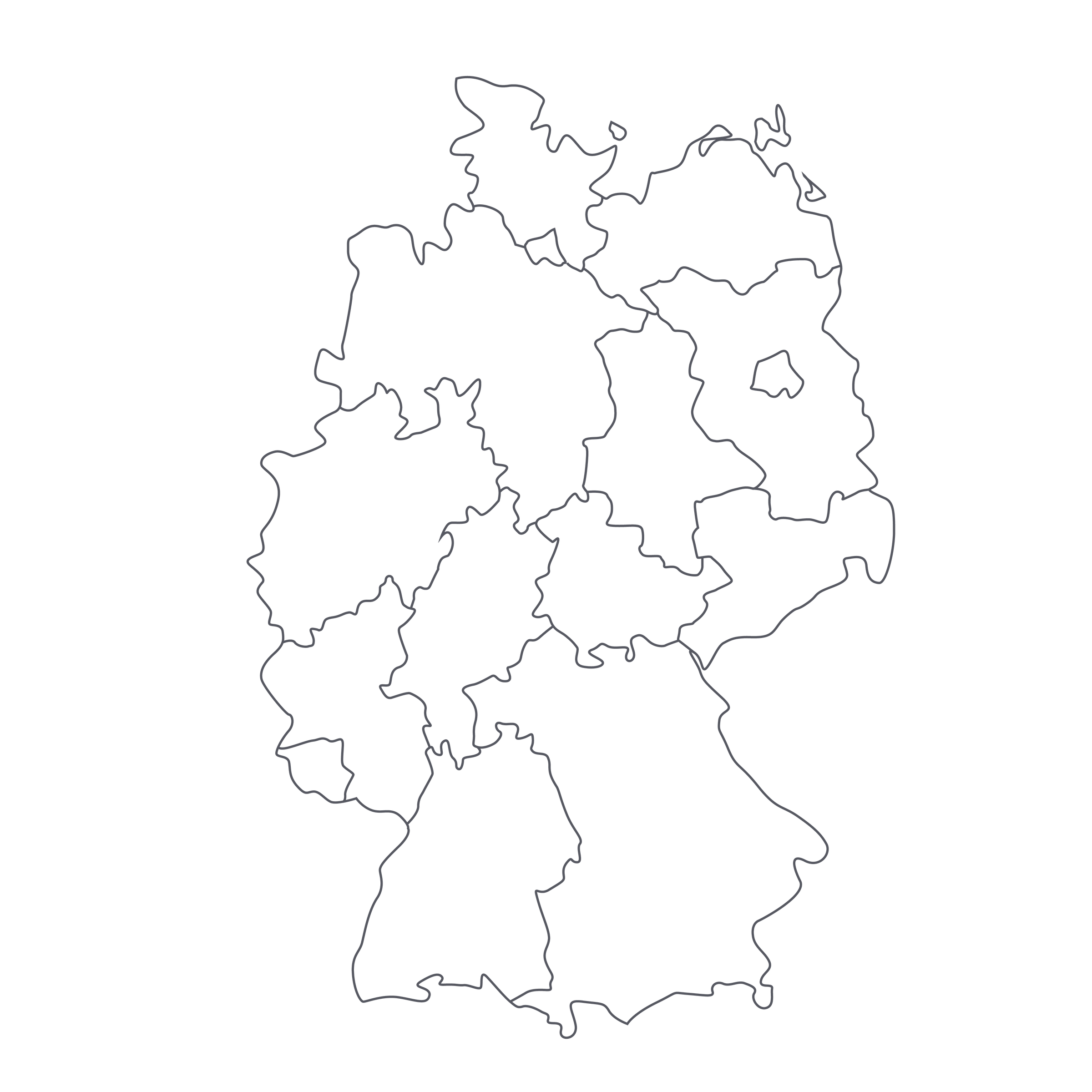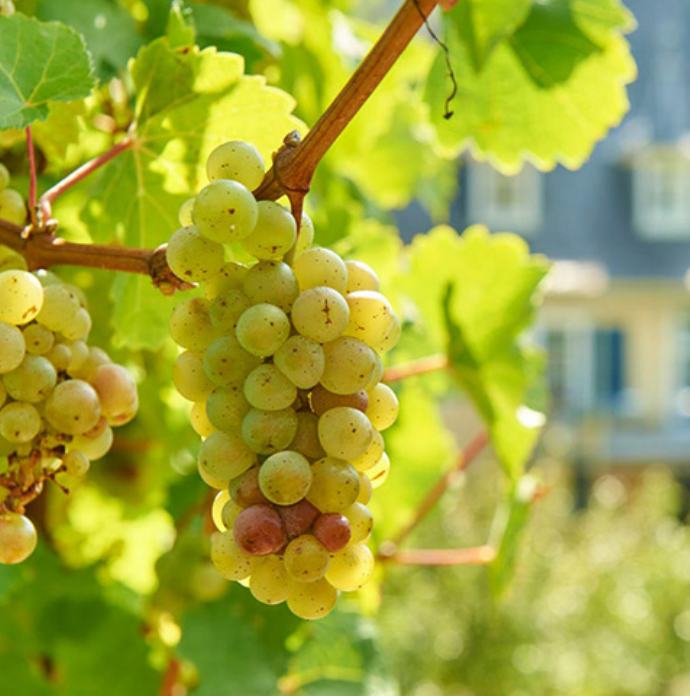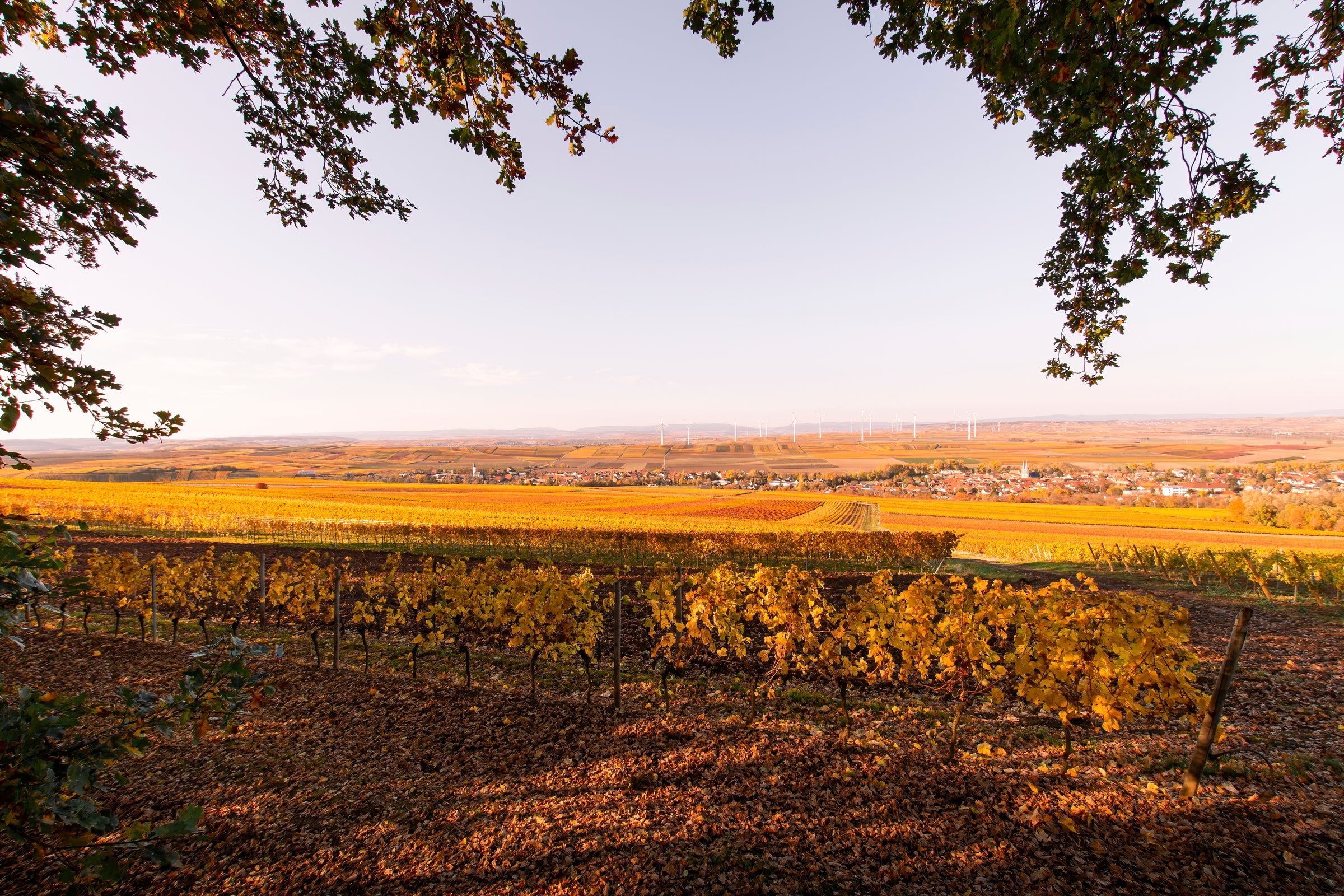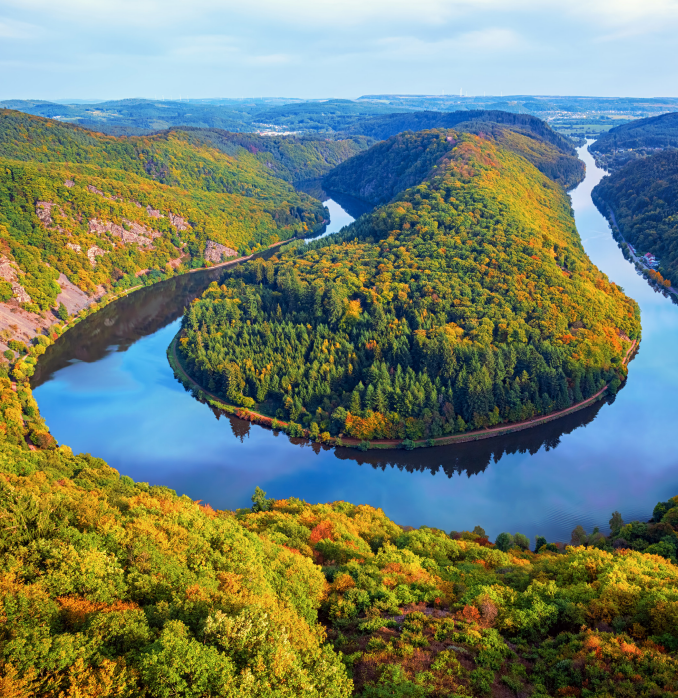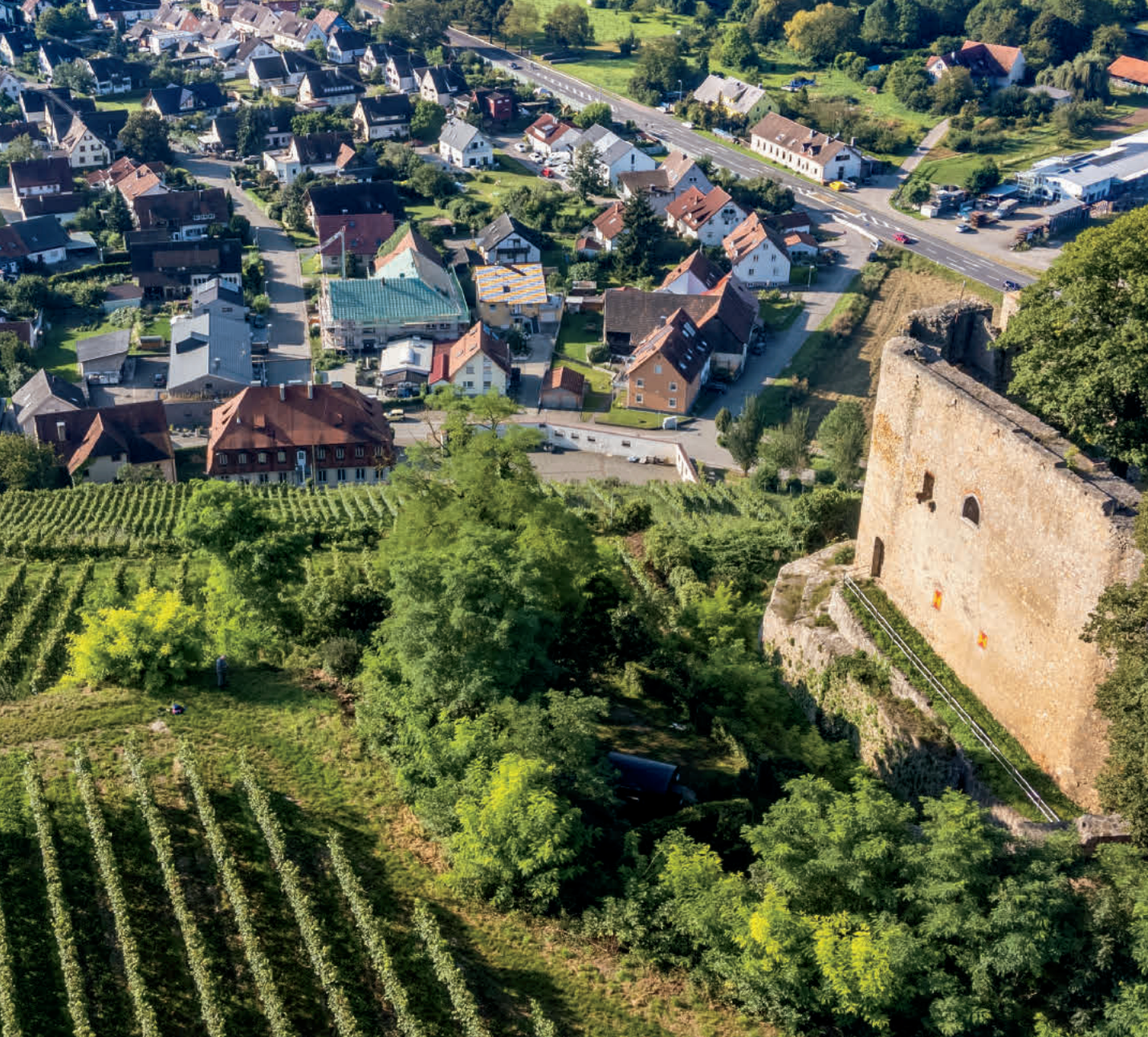We could not resist re-offering this exceptional Riesling when its importer made another parcel available to us. Although it was very well-received by subscribers the first time around, I was reminded of just how special this wine is when I re-tasted it; there’s no doubt it’s one of the best-value German Rieslings we’ve ever offered, and therefore deserves another hearing.
As I noted previously, this wine is one of those textbook German Rieslings that forces us to confront what “sweet” and “dry” really mean—how those definitions vary from person to person, and how even the wines with very pronounced sugar levels manage to “finish” dry, or almost so. Thinking of a hint of sweetness as a “bad” thing in a wine, especially a German Riesling, is a thing of the past: This 2015 Riesling ‘Feinherb’ (‘off-dry’) from Wegeler is a joyful, delectable, exceptionally complex white wine, and its hint of residual sugar only heightens its charm. It is made from fruit sourced entirely from Graacher-Himmelreich, one of Germany’s most prized vineyards, which is thought of as a ‘Grand Cru’ and usually carries a much higher price tag. I want several chilled bottles of this on my back deck with some grilled sausages, or at a big table in a Sichuan, Vietnamese or Thai restaurant with a bunch of friends. This wine isn’t about pensive swirling, sipping, and note-taking. It’s about conviviality, food-friendliness, and straightforward deliciousness. At this price, you can't afford not to have some around.
Of course there’s always a little label decoding that comes with drinking German Riesling. So let’s break it down: Weingüter Wegeler is the name of the producer, which operates wine estates in both the Mosel and Rheingau river valleys. “Graacher” refers to the village of Graach, situated between Bernkastel and Wehlen in the “Mosel” River Valley. “Feinherb” is one of the many German wine-classification terms used to describe sweetness level (in this case ‘semi-dry,’ measured in grams per liter of residual sugar in the wine). And then you’ll see “VDP Ortswein”: this is a newer classification used by an elite group of producers who prefer to classify their wines according to a strata based on vineyard quality, not the sugar levels of the grapes at harvest (as in the traditional Prädikat system). Their model is Burgundy, in France, and “Ortswein” translates to “village-level” in this new German nomenclature.
As mentioned before, this racy white hails from the famed Himmelreich vineyard, but does not put it on the label due to the classification. Wegeler bottles another more expensive wine labeled “Graacher-Himmelreich,” a typical grouping of village/vineyard you’ll see on lots of German labels, with the “–er” suffix a tipoff that it is “from” or “of” Graach. (Another example of this labeling methodology is a vineyard called Sonnenuhr, a.k.a. “The Sundial,” which sits above the village of Wehlen; on the label you will see this as “Wehlener-Sonnenuhr,” which literally translates to “The Sundial of Wehlen.”) But back to Himmelreich (“The Kingdom of Heaven”): This is a steep, southwest-facing vineyard comprised mainly of weathered Devonian blue slate, and it is one of the best-known sites in the Mosel, with 62 hectares of vines spread among a multitude of owners. It produces some of the greatest Rieslings produced on earth every year.
At a mere 11% alcohol, this is a refreshing and energetic glass of white wine. In the glass it’s a pale yellow-gold with green tints at the rim, its inimitable Riesling aromatics just jumping from the glass: juicy white peach, green apple, asian pear, white flowers, and a whiff of crushed slate. On the palate it starts out lush and slightly fruity, and while it contains about 20 grams of residual sugar (most Brut Champagnes have ~12 grams), it doesn’t read as “sugary” but rather as juicy, like a perfect bite of fresh fruit. Then a wave of acidity and minerality zips across the palate and cleans everything up, a citrusy blast that’s like a bracing slap in the face. The sweetness that coated the palate a moment ago doesn’t linger on the finish—you’re left smacking your lips and enjoying the aromatics anew, all-too-ready for the next sip and, since you’re now salivating from the acidity, that next bite of food. Serve this chilled (45-50 degrees) in flared Riesling stems or all-purpose wine glasses, and, while I know it’s been done, this would be fantastic with Asian food with some heat. The combination of a touch of sweetness and low alcohol makes it the perfect chile-tamer. Check out
this collection of recipes in
Saveur Magazine. Maybe do a little potluck of a few of the dishes with a healthy supply of this wine. That’s a magical night in my book. Enjoy!


